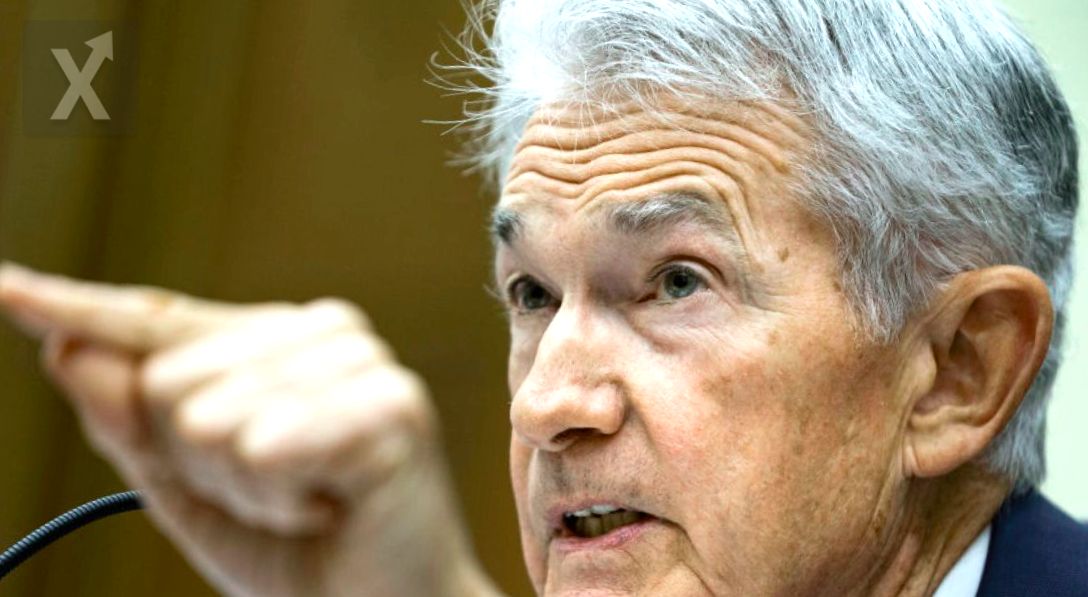The Federal Reserve Takes a More Measured Approach, According to Jerome Powell

Jerome Powell, the head of the U.S. Federal Reserve, stated on Wednesday that the economy is stronger than previously thought this past September, when the bank decided to start cutting interest rates, allowing them to be more cautious in the future when deciding whether to cut rates again. “We can be a bit more cautious as we seek to find the right balance,” Powell remarked during a New York Times event.
These remarks will likely be the last before the Fed enters a blackout period starting Saturday, just ahead of its scheduled meeting on December 17 and 18. Before his comments, investors were anticipating a third consecutive rate cut at that meeting. Some of Powell's prominent colleagues, such as Governor Christopher Waller, had expressed a leaning toward a cut at the next meeting, although others preferred to refrain from committing to that possibility. Powell's statements this Wednesday seem to align him with the more cautious outlook of the monetary team, echoing his November comments that suggested the Fed could “carefully” reconsider its cutting decisions without feeling rushed to act. Since then, data on inflation and employment, along with Waller's comments, have significantly raised market expectations for a possible quarter-point cut in the benchmark interest rate, bringing it to a range between 4.25% and 4.50%. Powell's remarks this Wednesday did not significantly alter this outlook. The Fed chair emphasized the importance of keeping all options open in an environment of growing uncertainty about economic policy for the upcoming year, in addition to expressing concern over potential stagnation in progress against inflation and the resilience of the labor market. On Wednesday, the leaders of the regional banks in Richmond and St. Louis reaffirmed this stance of keeping all alternatives available. The president of the St. Louis Fed, Alberto Musalem, stated at a monetary policy conference hosted by Bloomberg, “I keep all options on the table.” He added that he would evaluate data in the days leading up to deciding whether another cut is necessary in two weeks. Meanwhile, Thomas Barkin, president of the Richmond Fed, commented at CNBC’s CFO Council that he believes both inflation and employment are improving but won’t prejudge the outcome, as more data is expected before the meeting. A key inflation indicator, the personal consumption expenditures price index, which excludes food and energy, has fluctuated between 2.6% and 2.8% since May, well above the Fed's target of 2%. While Fed officials often express that they believe inflationary pressures are about to ease, especially with a slowdown in housing costs that has yet to show up in government data, they will also want solid evidence before making more significant rate cuts.
The caution displayed by the Federal Reserve in the face of economic uncertainty is crucial for maintaining market stability. The ability to adapt to changing economic data is essential for monetary policy. In an environment of inflation and fluctuating rates, it’s important for investors to maintain a balanced outlook and avoid impulsive decisions that could impact their long-term finances.






